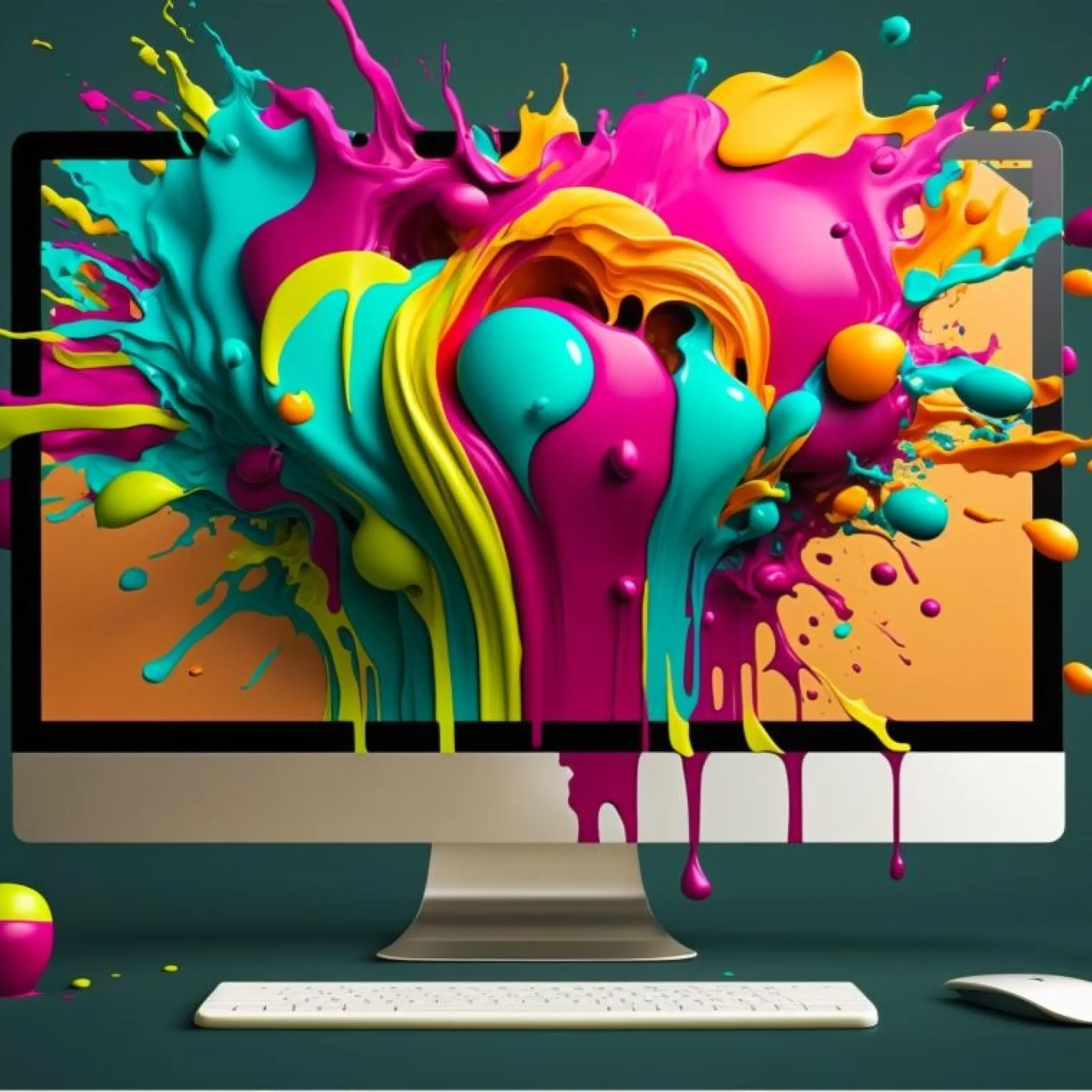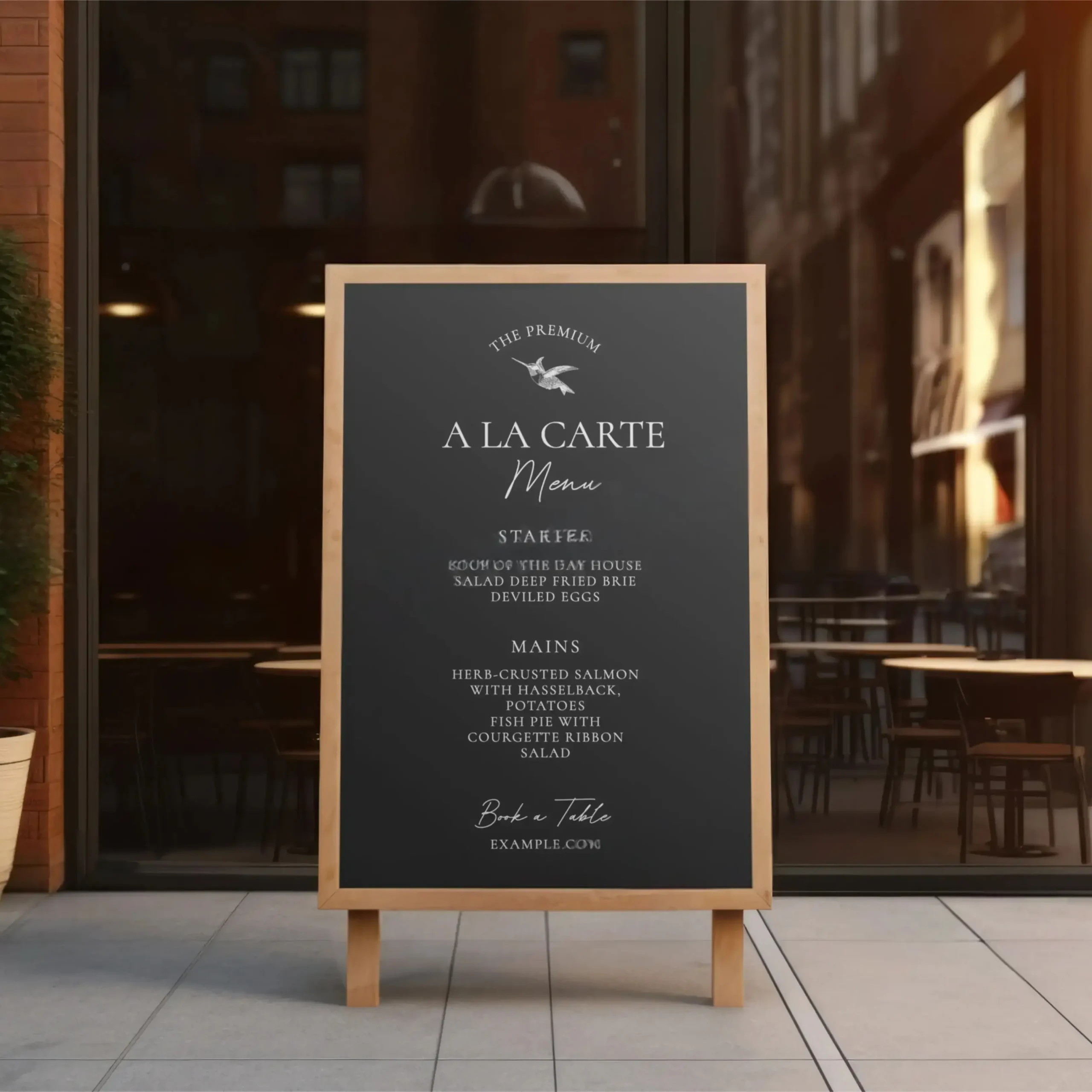In the realm of design, storytelling isn’t just about words—it’s about weaving narratives through visuals that captivate and inspire. From intricate illustrations to minimalist graphics, designers have the power to evoke emotions, convey messages, and create memorable experiences through their work. Let’s explore the art of visual storytelling and how designers can craft compelling narratives with graphics.
At its core, visual storytelling is about using design elements to communicate a story or message. This could be anything from a brand’s origin story to a product’s journey from concept to creation. By combining imagery, typography, color, and layout, designers can create narratives that resonate with audiences on a deeper level.
One of the key elements of visual storytelling is emotion. By using colors, imagery, and typography that evoke specific feelings, designers can create a more immersive and engaging experience for viewers. For example, warm colors like red and orange can create a sense of excitement and energy, while cool colors like blue and green can evoke feelings of calmness and serenity.
Another important aspect of visual storytelling is engagement. Designers can use techniques like visual hierarchy and interactive elements to guide viewers through a story and keep them engaged. By creating a seamless flow of information, designers can ensure that the narrative is compelling and easy to follow.
Illustrations play a crucial role in visual storytelling, as they can convey complex ideas and emotions in a simple and impactful way. Whether it’s a whimsical illustration that adds personality to a brand or a detailed infographic that explains a concept, illustrations can help bring a story to life and make it more relatable to audiences.
In branding, visual storytelling is especially powerful. By creating a cohesive visual identity that tells a story, brands can connect with their audience on a more personal level and build a stronger emotional connection. From logo design to packaging, every visual element can contribute to the brand’s narrative and help create a memorable and compelling story.
In conclusion, visual storytelling is a powerful tool that designers can use to create compelling narratives that resonate with audiences. By combining elements like emotion, engagement, and illustration, designers can craft stories that captivate, inspire, and leave a lasting impression. Whether it’s through branding, marketing materials, or digital experiences, the art of visual storytelling continues to shape the way we communicate and connect with the world around us.




